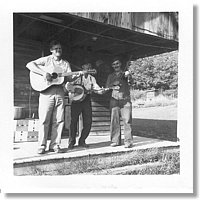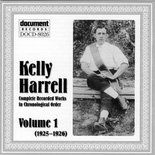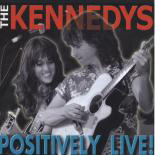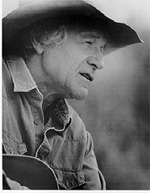The Cuckoo
 |
Many of the contemporary recordings of this traditional folk song reveal the influence of an old-time banjo player and singer by the name of Clarence Ashley, and ours is no exception. Ashley's music career began in 1911 when, at age 16, he joined a traveling medicine show. He started recording in the late 1920's and our first audio clip is from then. If you've listened to our arrangement of the tune you'll immediately recognize the instrumental theme he plays between verses. Ashley is using a G-modal banjo tuning that he called the "sawmill" tuning (gDGCD). Take that down one and a half steps to Em, where we play it, and the C becomes an A, which we've included in the high version of the intro melody to capture some of that modal sound. Try that part with a G natural (3rd string) instead of an A and notice the difference
Audio Clip: Clarence Ashley plays The Cuckoo, 1929
Whether on account of the Great Depression or because he didn't much like taking orders from recording company types, Ashley's recorded output stops abruptly in the early 1930's, not to start again until decades later when he was "rediscovered" by Ralph Rinzler at The Old Time Fiddlers' Convention at Union Grove, North Carolina in 1960. By that time, Ashley had largely stopped playing, but Rinzler eventually persuaded him to perform and record again, including two very influential recordings on Folkways Records with his friend Doc Watson, (shown with Ashley and fiddler Gaither Carlton in the photo above). Here's another clip of Ashley's version of The Cuckoo from that era featuring some nice work by Doc on guitar.
Audio clip: Clarence Ashley and Doc Watson play The Cuckoo
 |
As we will hear in some of the other clips below, Ashley's take on this tune has become common, but you might take that fact for granted if you were unaware that there were other, very different approaches to The Cuckoo in circulation in the late 1920's when he first recorded it. Here's one example from Kelly Harrell who recorded for both Victor and Okeh in the mid to late 20's. Word has it that he could have recorded more for them but Harrell didn't play guitar well enough to back himself up and with the onset of the Depression the recording companies were unwilling to hire backup musicians for him, so he lost the opportunity. Let this be a lesson to you!
Audio Clip: Kelly Harrell sings The Cuckoo
The Cuckoo is still an old-timey standard and the chords we use will serve you well should you stumble upon a fiddler's convention (so long as you remember to capo up three frets, as they will likely be playing in G minor) but the song has long since moved beyond its musical genre of origin. Singers of all stripe just love singing it, and we can confidently assume that this is not due to the carefully crafted narrative of the lyric. For a very recent version (and one that owes little to Ashley) here's one by the Canadian alt-trad group The Be Good Tanyas from their 2001 debut, Blue Horse. Quick: name that key!
Audio Clip: The Be Good Tanyas performing The Cuckoo
 |
The Cuckoo's simple tune and chord progression make it an ideal jam vehicle whether you go the traditional route or take it in a new direction. For example, here are The Kennedy's in a live show doing the Folk Rock thang with all the stops pulled out. They play Ashley's interlude (our intro) and sing in Gm, but modulate to Em for Pete Kennedy's jam-a-thon, which goes on for several choruses. We've come a long way from Union Grove, folks!
Audio Clip: The Kennedys jam out on The Cuckoo
Having coming so far, maybe you are ready to dispense with acoustic guitar altogether. That's what Martin Simpson does in his treatment of the song on his 2003 Righteousness & Humidity. Mind you, Simpson is best known as a phenomenal fingerstyle acoustic guitarist with a double major in blues and celtic music. But here he shakes off the folk and brings on da funk. See what you think:
Audio Clip: Martin Simpson flies The Cuckoo to a new coop
 |
Finally, back to our acoustic roots for one last pass. This is Ramblin' Jack Elliot, whose playing and singing reflect the time he spent with Woody Guthrie lo, these many decades ago. Since Woody died when his son Arlo was very young, the latter learned many of his father's songs (and a few tall tales, no doubt) from Ramblin' Jack. You can also hear the influence Elliot must have had on another student of Guthrie, Bob Dylan. Ramblin' Jack takes The Cuckoo at a nice, jam-friendly tempo, just waiting for you to join him on lead guitar. Notice that even in his simple style he, too, quotes Ashley's instrumental break. As this clip fades out you hear him start to wordlessly vocalize the melody. Scroll on back to that first clip of Clarence Ashley in 1929 and you'll hear him do much the same thing. Coincidence? Don't think so!
Audio Clip: Ramblin' Jack Elliot plays The Cuckoo
Recommended Recordings
All Community Guitar Resources text & material © 2006 Andrew Lawrence
